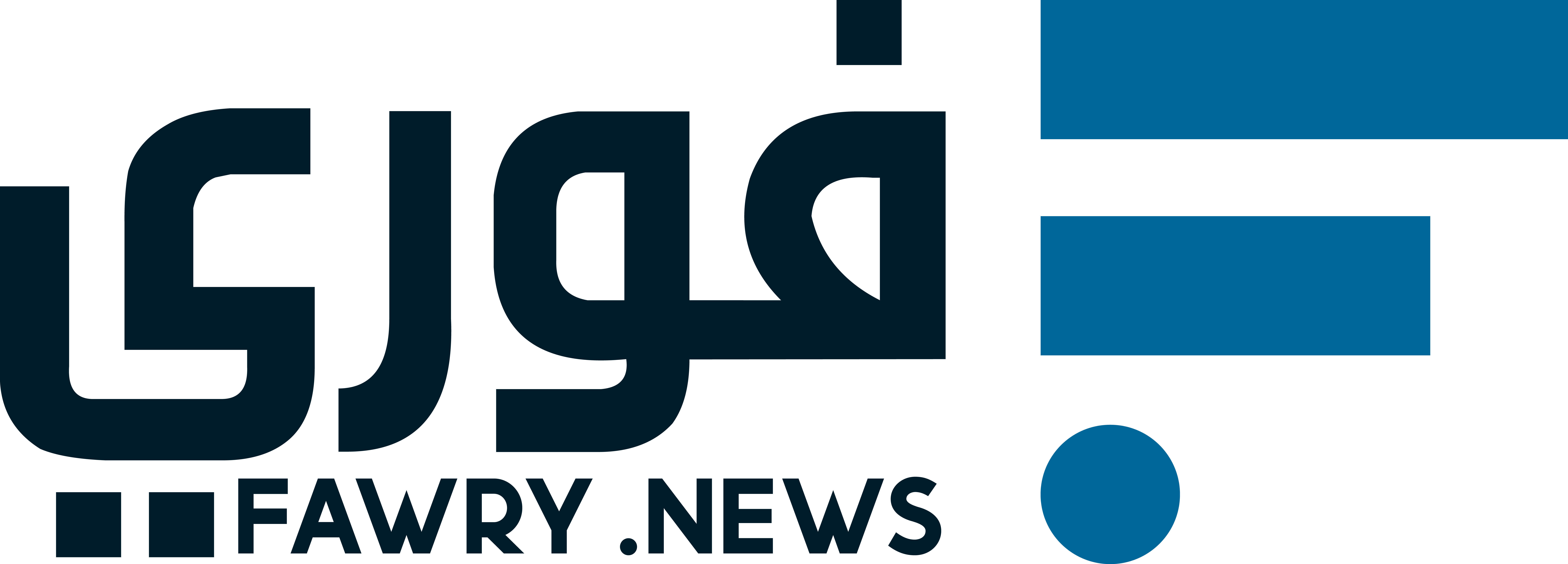Information On Varicose Veins Disease
Varicose veins disease
Varicose veins are known to be veins that amplify and lighten their axis and look attentively and blue through the skin varicose veins are more common in adults, especially women, where it affects about 25 percent of adults. It occurs especially in the legs, and varicose veins usually lead to unpleasant pain that sometimes leads to limp and motor problems, It can also be non-accidental but cause aesthetic problems or anxiety in the patient treatment involves raising the infected limb and wearing vein compression ligaments, In some cases, surgery may be the perfect solution, but it may be sufficient to modify the lifestyle and follow some guidance in preventing or mitigating the disease without the need for invasive medical procedures.
Symptoms of varicose veins disease
The symptoms of varicose veins vary between people and can be non-accidental. The patient may feel some discomfort as a result of the excess weight in the veins of the legs. They may also suffer from itchy treatment. Generally speaking, the symptoms of unobtrusive varicose veins disease include:
Veins in dark or blue-violet color.
Veins that appear to have a fascination or bloating especially in the legs.
While the most disturbing and painful symptoms of the patient include what comes:
A sense of heaviness or pain in the legs.
Burning or palpitations as well as painful muscle cramps and swelling in the affected area.
Did not increase after sitting or standing for a long time.
Itching around one or more swollen veins.
The skin color around the damaged vein has changed.
Spider veins are similar to varicose veins, but are smaller, usually closer to the surface of the skin and often red or blue, and can be placed in the legs, as well as placed in the face, varying in size from person to person, often appearing as a spider net.
Causes of varicose veins disease
For blood to reach the body from the heart, there are strong, stretchable arteries commensurate with blood pressure and tissue need. So these arteries usually carry blood without problems to the tissue no matter how far they are from the heart. But for blood to return to the heart again to be pumped towards the lungs and filtered, Veins carry blood from tissue to heart, and veins have thinner walls than those in the arteries, It endures severe expansion depending on the blood being pushed towards the heart by its neighboring muscles In addition to organ movements within the body and pushing the blood back from the tissue, the veins contain toxins that prevent the blood from going back. blood reaches the heart, but when blood gathers for prolonged periods within the vein it expands and makes it difficult for the muscles to help push the blood up. especially in the legs and when standing for prolonged periods without moving or lifting them, This leads to blood accumulation in veins and damage to their walls, especially in surface veins not sufficiently supported by muscle.
Causes that increase the likelihood of varicose veins occurring through the preceding mechanism or otherwise include:
Pregnancy.
menopause.
Age over 50.
Occupations that require prolonged standing as dentists and barbers.
obesity.
Diwali’s family story.
Diagnosis of varicose veins disease
The diagnosis of varicose veins is usually based on a physical examination by the physician. The varicose veins are initially examined in the eye. The patient is asked to stand up for a close examination by the doctor. The doctor may also request the following tests:
ECO Doppler: It is one of the tests that involves placing the color-supported ultrasound device on the malignant area. This system distinguishes intravenous blood regions from the arteries – by the bloody side of the current – and detects blood and thrombus aggregations and identifies them with acceptable accuracy.
Double-colored ultrasound examination: This examination presents a colorful picture of the nature of the vascular wall, helping the doctor identify abnormalities and measure the speed of blood flow.
The patient is usually asked about the accompanying symptoms, their frequency, and prescriptions, and the doctor may turn the patient into an angiologist to provide the most appropriate treatment.
Treatment of varicose veins disease
Some simple preventive procedures may suffice to relieve and dispose of existing varicose veins symptoms, but the doctor may prescribe some simple or surgical treatments depending on the situation and severity, as well as the size of risk factors in the patient and his occupation. Treatment options for varicose veins disease include the following:
Pressure: The doctor may recommend wearing customized types of socks that squeeze the veins produced in the legs and help relieve their stress. These socks usually increase pressure around the affected vein and thus facilitate the return of blood to the heart.
Surgery: When the veins are significantly damaged, or conservative treatments are unresponsive, the doctor may recommend corrective surgery for varicose veins. The principle of the process is to strip and bind varicose veins under anesthesia. The use of surgical treatments has decreased after the development of many successful alternative treatments.
Other therapeutic options for treating varicose veins disease
There are many types of non-invasive treatments that are based on conservative principles and with minimal surgical intervention. These treatments help patients who are unable to undergo surgery or who are more qualified for multiple surgical mixes. These options include:
Sclerotherapy, where chemicals are injected into the veins attached to their miniature or obscuring, may be foamy or liquid depending on the process.
Laser varicose veins surgery.
Vasectomy within the vein, by heat and radial waves.
Endoscopic vein surgery.
Prevention of varicose veins disease
There is no medical way to prevent varicose veins from forming entirely, but improving blood ischemia and muscle strength can reduce the risk of developing varicose veins significantly or the risk of being new to varicose veins when they have them in advance. Prevention measures can also be followed to relieve the symptoms of varicose veins at home, and from preventing varicose veins what comes:
Maintain exercise.
Monitor weight and reduce excess weight.
Eat a diet rich in fiber and light salt.
Avoid high heels and tight pants.
Raise the legs occasionally to relieve intravenous pressure implicating them.
Change the position of sitting and standing regularly in occupations that require sitting or standing for prolonged periods.



